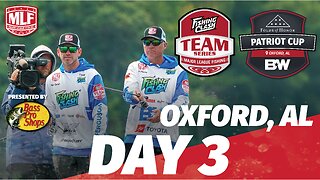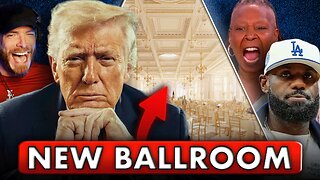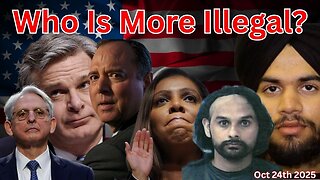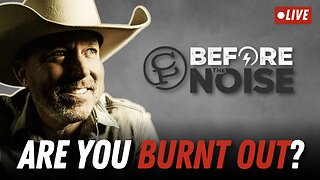Premium Only Content

Blockbuster Midseason Swaps: Chemistry or Chaos?
#TradeDeadline #BlockbusterTrade #ClubhouseDrama #MLBTalk #HotTakes #BaseballAnalysis #MidseasonMoves #TeamChemistry #FrontOffice #DeepDive #TradeReaction #LockerRoom #FansReact #MustWatch #DeadlineDrama
Midseason blockbuster trades grab headlines because they promise immediate improvement, reset expectations, and create dramatic storylines for a season already in motion. General managers make these moves to plug glaring roster holes, add veteran leadership for a playoff push, or seize a rare opportunity to acquire elite talent. Those objectives can produce measurable short-term gains when the fit is right, but the stakes include consequences beyond box-score production that organizations must manage carefully.
Front offices justify midseason deals with tangible aims: shore up pitching, boost run production, or change clubhouse leadership dynamics—moves that can alter playoff probability and momentum down the stretch. The athletic impact is often straightforward to model: a dominant reliever or middle-of-the-order bat can change win expectancy in close games. The human side, however, complicates the calculus; integrating a new personality, redefining roles, and recalibrating playing time all happen while the calendar still reads “regular season,” increasing stress on routines and relationships.
High-profile examples show both outcome extremes. Some midseason swaps transform teams into instant contenders and reenergize fanbases, validating the gamble and cementing the newcomer as a cultural touchstone. At the same time, blockbuster arrivals can unintentionally disrupt established hierarchies, create resentment among players who lose playing time, and force managers into difficult lineup decisions that ripple through performance and morale.
Clubhouse chemistry and fan loyalty react differently but are closely related. A cohesive clubhouse can absorb a major addition if leadership cues stability and if the incoming player demonstrates humility and effort; otherwise the move can fracture trust and silence internal leaders. Fans respond to both on-field results and perceived intent—trades signaling “we’re winning now” can galvanize loyalty, whereas deals that appear to mortgage the future or betray a team’s identity provoke backlash and erode long-term goodwill.
Midseason blockbuster trades are neither inherently destabilizing nor universally unifying; their effects depend on execution, communication, and culture. When front offices evaluate talent, they must also forecast fit and plan soft-landings: clear role definitions, veteran mediators, and transparent messaging to fans. Done well, a midseason splash can deliver both wins and renewed allegiance; done poorly, it can fracture a clubhouse and leave supporters wondering what the price of the gamble will be.
-
 LIVE
LIVE
Badlands Media
8 hours agoBadlands Daily: October 24, 2025
3,075 watching -
 LIVE
LIVE
Major League Fishing
8 days agoLIVE! - Fishing Clash Team Series: Patriot Cup - Day 3
116 watching -
 UPCOMING
UPCOMING
Film Threat
23 hours agoFRANKENSTEIN + SHELBY OAKS + CHAINSAW MAN + MORE REVIEWS | Film Threat Livecast
446 -
 LIVE
LIVE
Side Scrollers Podcast
22 hours ago🔴FIRST EVER RUMBLE SUB-A-THON🔴DAY 4🔴BLABS VS STREET FIGHTER!
1,095 watching -
 1:07:07
1:07:07
Graham Allen
2 hours agoLibs Are FUMING Over Trumps Ballroom! + Trump ENDS ALL Trade Talk With Canada And NBA Scandal!!
28.4K48 -

Simply Bitcoin
1 day agoAndré Loja: The Man Building a Sovereign Bitcoin Island
2454 -
 30:50
30:50
Matt Kohrs
23 hours agoPlan B w/ Rahim Taghizadegan || The Matt Kohrs Show
5.47K -
 LIVE
LIVE
Wendy Bell Radio
5 hours agoWho Is More Illegal?
7,292 watching -
 28:53
28:53
Simply Bitcoin
1 day ago $1.24 earnedTeaching Bitcoin to 100 Million People | Dušan Matuška
18.6K -
 1:08:54
1:08:54
Chad Prather
15 hours agoHow To Stay Connected To God Amidst A Chaotic World!
27.1K15